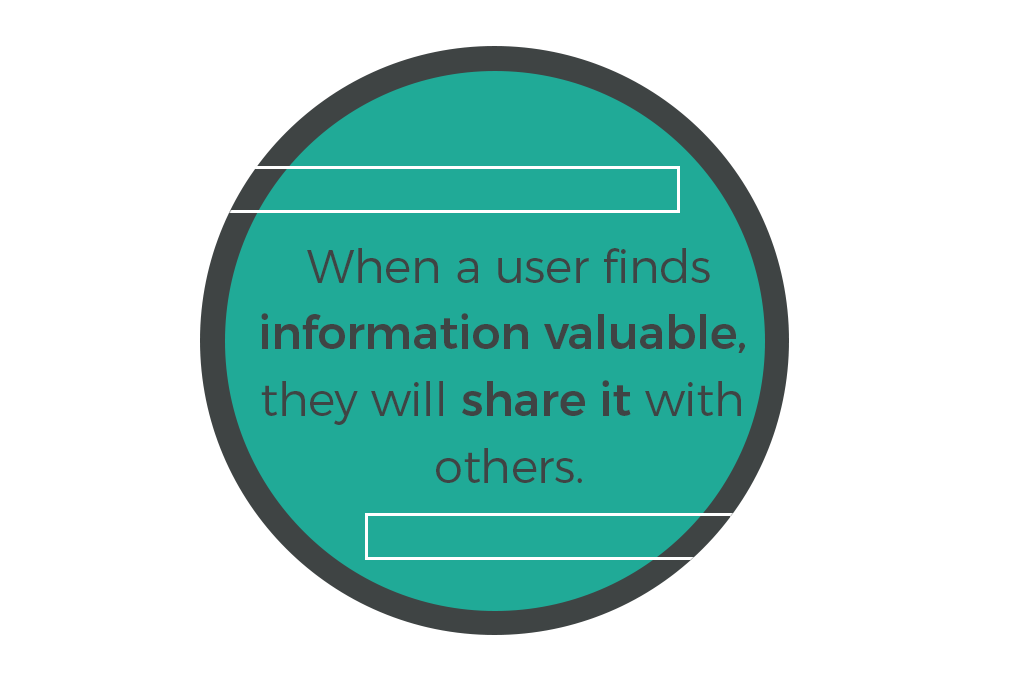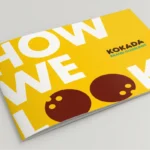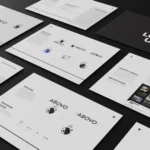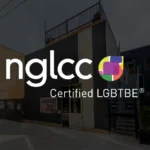Writing your first [good] blog
You’ve been assigned to write a blog. Or maybe you’ve read some book that said: “You need to start blogging for your [small business].”
Whether it was a person or a book who told you this, they’re worth listening to. We’ll help you get started with easy-to-follow steps that will help you plan and write your first [good] blog. And second. And third.
For small businesses and professionals, blogs have become as essential as a website and Facebook page. They establish a relationship with existing clients and elevate you as an expert in your industry to potential clients or customers. Tailor-made to your industry and expertise, a blog draws customers’ attention beyond the barrage of sideline advertisements and forgotten “likes.”
Product and brand research have become an integral step in consumers’ buying behaviors. Combine this with the generation of technology-bred Millennials who are representing larger percentages of the workforce each year.

As millennials get older, they earn higher pay in their careers. Basic economics illustrate large generational groups making more, results in spending more. Your business needs to capitalize on this up-and-coming spending generation and win them as brand-loyal today.

“The rise of millennials has forced brands to stop relying on the idea that they can expect to gain loyalty from customers. Marketers have to actively win it and hold it.” –AJ Agrawal, Forbes.com
Blogging allows you to tell your story. It’s a personal way in an impersonal and digital space, to tell people what you or your brand stand for. They show you’re credible, trustworthy and an expert in your field. All it takes to get started is some planning and motivation. We’ve made the start easy for you.
- Identify your purpose
You’ll need direction and goals when you begin the process of starting your blog. The goals should be specific to you and your brand.

Hyperfocus each blog post: Write a list of specific blog post ideas.
- Make sure your blog is easy to read and on a site that’s easy to use
WordPress.com is the most popular blogging website in the world. It creates the site for you and registration is free. Research some other sites such as Wix.com or Squarespace.com. Their affordable platforms have made plug-and-play websites and blogs easy to start and build.
You’ve already developed your brand—keep that in mind when creating a blog. There is always aesthetic value in a thoughtfully designed blog.
“It’s good to pick [a theme] that is most aligned with your vision of what you want your blog to look like.” –Joshua Fields Millburn (2017)
Do you already have an existing website? Talk with your web designer about implementing a simple “blog” page. If you design your website yourself using popular programs like Wix or Squarespace, they already have simple tools and plugins that allow you to do this.
- Decide how often to post (and eliminate excuses to stray from this)
“There is a direct correlation between frequency and traffic.”
–Michael Hyatt, Platform: Get Noticed in a Noisy World
“If you can do twice a week, that’s great.”
–Darren Barefoot, Friends with Benefits: A Social Media Marketing Handbook
When users see a regular effort on the blog, they are more willing to trust the source. Think of the experience you have when you visit a website (or store!) that hasn’t seen updating since the beginning of the Internet. It’s like a bad date: Instant turn-off.
Blogs get nowhere without consistent and updated content. Promising yourself you’ll blog two posts a week will seem like a lot in the beginning. Create realistic goals that help you work up to frequency by scheduling once-a-month and transition to once-a-week until you’re able to build up to what’s best for you.

- Create engaging content: Leave the sales pitch out
Good content is not exclusively information about your product or service. You are not trying to sell anything on your blog. Read those bold words again and then continue reading. Remember: Users that visit your blog are still in the researching phase. To the reader, your content should be so clear, engaging and informative that, to them, it’s clear you’re the expert they need to align (shop) with.
“Think about how you can create content around/about your company’s products and services, instead of the product/service itself. Don’t blog about cameras, blog about photography, don’t blog about dog shampoo, blog about pet grooming.” –Mack Collier, Social Media Strategist

Content involving tips, tricks, tutorials, thoughts, opinions and discussion is the content that people remember: It’s the content they share. Being intentional with your content boosts brand-awareness and interaction with existing and potential clientele.
- Think about blog logistics
“Longer content tends to rank higher in search engine results pages, attract more inbound links, get more social shares and convert better.” –Shelley Pringle

That said, variation in blog post length is useful as well. Some posts do their job in fewer words, others in more. Being consistent and engaging is more important than reaching a specific word count.
A well-executed call-to-action is important as well. You don’t want to overtly attempt a sale, but you do want to motivate your audience. Heidi Cohen outlines techniques in developing call-to-actions, saying “At the heart of a call-to-action is a hook. It’s the enticement that speaks to the reader and answers the question: what’s in it for me” (Cohen, 2010).
Remember: Blogs are an essential and great marketing tool but they’re also an exciting way to tell the world who you are. Have fun writing your blogs and forming yourself as the expert in your industry.
For more information on blogging visit, Problogger, Social Media Examiner, Blogging Basics 101 and The Ultimate Guide to Building a Successful Business Blog
Sources:
Internet live stats. United States internet users. Retrieved February 2016 from: http://www.internetlivestats.com/internet-users/us/.
Forbes.com. AJ Agrawal. 6 things to know about marketing to millenials. 3 August 2016. Retrieved February 2017 from: https://www.forbes.com/sites/ajagrawal/2016/08/03/6-things-to-know-about-marketing-to-millennials/#206392f57f2c
Millbern, Joshua Fields. How to start a successful blog in 2017. 7 January 2017. Retrieved March 2017 from: http://www.theminimalists.com/blog/
Platform: get noticed in a noisy world. Michael Hyatt. 2012.
Friends with benefits: a social media marketing handbook. Darren Barefoot. 2009.
Collier, Mack. Blogging 101. Retrieved March 2017 from: http://www.mackcollier.com/social-media-library/blogging-101/
Pringle, Shelley. Blogging best practices: the ideal length for the perfect blog post. 7 August 2013. Retrieved March 2017 from: http://www.business2community.com/blogging/blogging-best-practices-the-ideal-length-for-the-perfect-blog-post-0577303#!xGPFF#SrO2ghekp12oWicB.97






